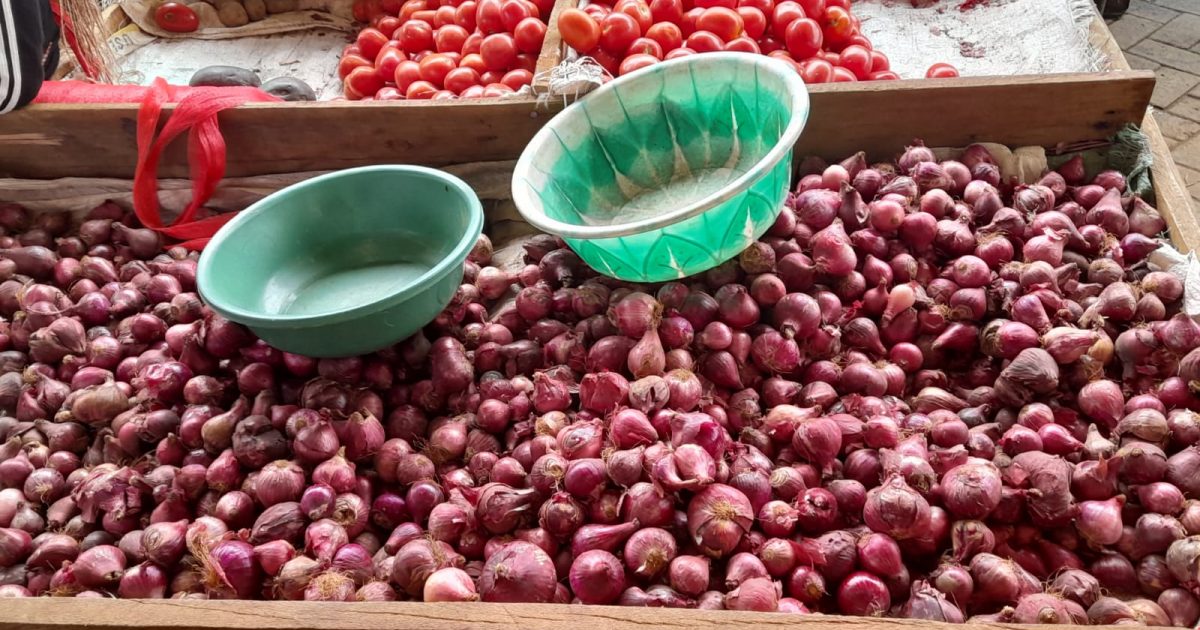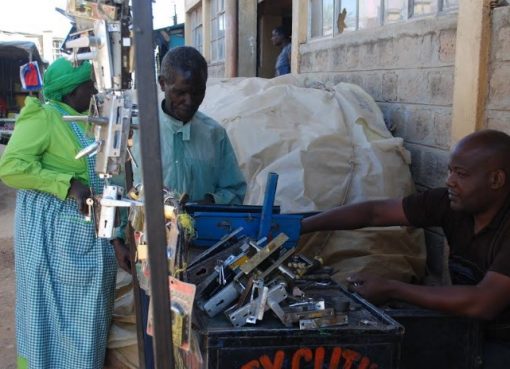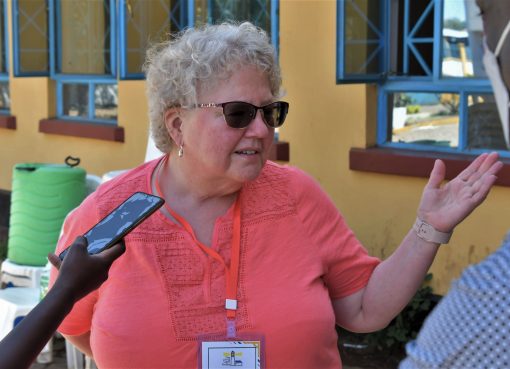Onion consumers country wide are grappling with huge scarcity as a kilogram of the commonly used kitchen vegetable –the bulb onion that has hit the Sh. 200 mark.
In Murang’a consumers have turned to the unpopular spring onion which too has been affected by the shortage as its demand is now high thus escalating its price.
The spring onion has for a long time been retailing at Sh. 40 to Sh. 50 per kilogram but currently the same is going for Sh.100 to Sh. 120.
While some have decided to eliminate the precious must- have vegetable from their meals terming it a ‘preserve for the elite’ due to its high price, others have become innovative in the kitchen to have the meals ready.
“Just two months ago, we were buying a kilogram of the red bulb onion at Sh. 40 only, now the price has more than tripled and I can no longer afford to buy a piece to be used once at Sh. 20,” bemoans a resident, Mary Mwangi, a mother of three.
“I have decided to buy one garlic at sh.20 and use one clove at a time to fry our meals, it is even healthier” she says cheekily.
The current shortage which is expected to soar has been exacerbated by low local production due to high cost of production against a low return on investment and reduced imports from the neighboring country Tanzania
The changes in climate and several failed rainfall seasons have also not been favorable to the water thirsty vegetable.
A spot check at the local market, Mukuyu paints a picture of empty stalls that previously stocked onions even as other vegetables like tomatoes, potatoes and peas flood the market.
James Kung’u, one of the traders, notes that even with the high cost, they are willing to stock the onion but they have nowhere to source it from.
“About four months ago we were buying a 40 kilogram net at Sh. 1600, currently we are getting the same at Sh.6000 and it is not even available in the country or outside.
According to Soil Analyst John Ndung’u the onion shortage being experienced is due to farmers and growers’ failure to keenly study market curves.
“Let farmers learn to study the market curve and align their production with the market as this will prevent the extremes of glut or shortage,” he says.
Moreover, Ndung’u adds, plant only approved seeds for your climatic area and understand your soil so you can apply the right nutrients for maximum productivity.
He further advises farmers to embrace irrigation-fed agriculture as opposed to relying on the rains only.
By Florence Kinyua




